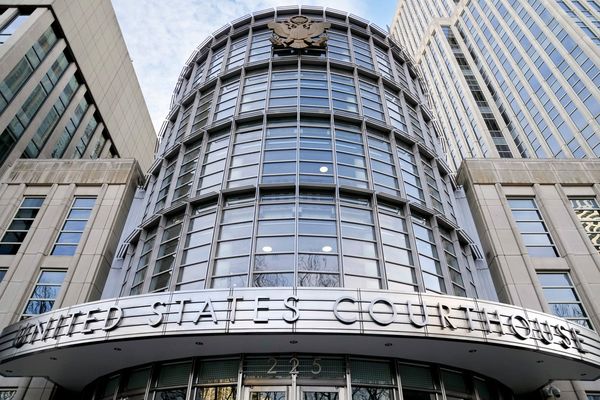A £1.63m contract to help restore the Palace of Westminster has been won by a division of a Cumbria-headquartered group.
James Fisher Strainstall, which is based in Barrow-in-Furness, will conduct baseline monitoring of the palace's structure and to assess the impact of any seasonal, tidal, daily and background movement during reconstruction.
Other experts will also dig 23 boreholes, with some reaching up to 70 metres in depth, to assess ground conditions around the palace to inform decisions about essential restoration work to preserve the 150-year-old building.
READ MORE: AO to close German business because of continuing poor results
Survey contracts worth over £4m in total were awarded to seven companies.
Archaeologists will be on-site for each of the 23 holes to record any finds of historical significance. Previous ground investigations in recent decades have uncovered a centuries-old sword and buried fragments of King Henry III’s high table.
Elsewhere, 160 rooms across Parliament will be inspected by surveyors who will lift up floorboards, sensitively drill into walls and remove ceiling panels to look at a range of issues such as wall cavities, the material makeup of the building and the weight-bearing of historic flooring.
Specialist teams will continue to inspect the hundreds of miles of interconnected power cables, gas, water and heating pipes as well as outdated water and sewerage systems.
The various surveys are planned to begin from July and will continue over the next 12-18 months.
David Goldstone, CEO of the Houses of Parliament Restoration and Renewal Delivery Authority, said: "Our experts are carrying out the most detailed ever surveys of the Palace of Westminster, which will be critical to informing decisions about the essential restoration to preserve our historic Parliament buildings."
Jonathan Simpson Tarling, managing director of James Fisher Strainstall, added: "JF Strainstall's teams across the UK are honoured to have been selected for this contract, a testament to our 25-year expertise in condition monitoring of heritage structures.
"With our proven track record working on iconic listed monuments including Clifton Suspension Bridge, Exeter Cathedral and the Forth Bridge, we look forward to getting started in this new collaboration and applying Better Information Modelling at the site of a key piece of British history."







